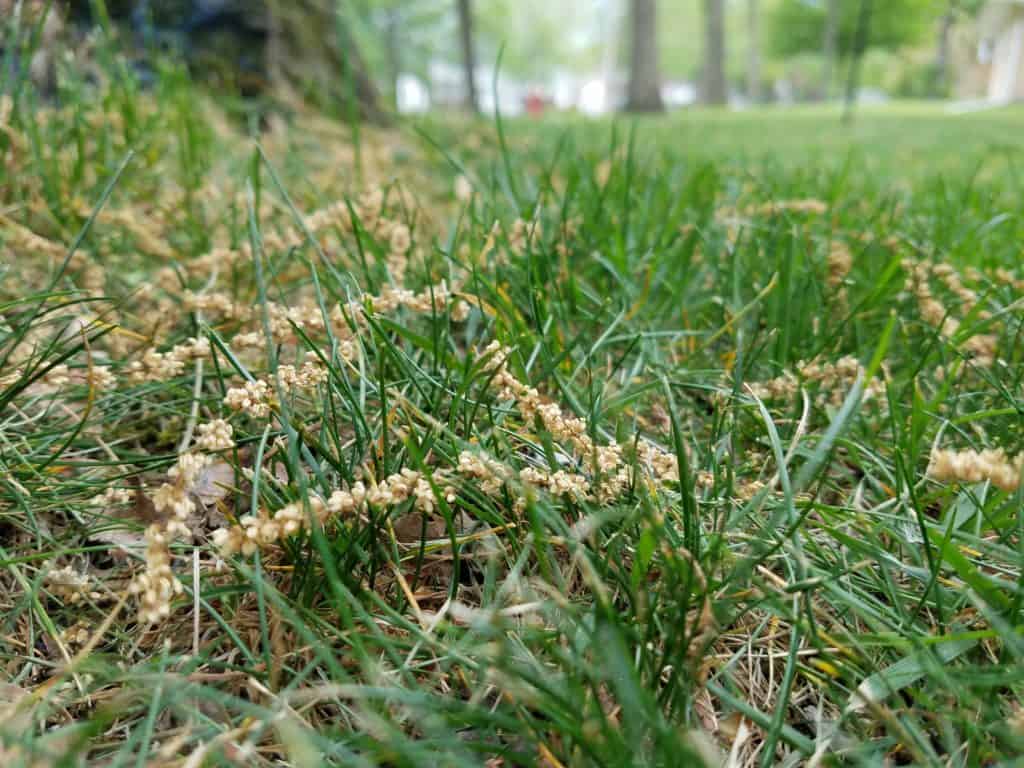
Catkins rained down upon the landscape, like a Spring storm, and amassed along driveways and sidewalks where they gathered like tumble weeds in a desert. Spring has thus far delivered no measurable rain, and we find our selves in a moderate drought.
As season’s change and weather cycles, a few consecutive weeks without any measurable moisture can be harmful to our plants, lawns and trees, especially as temperatures begin to warm.
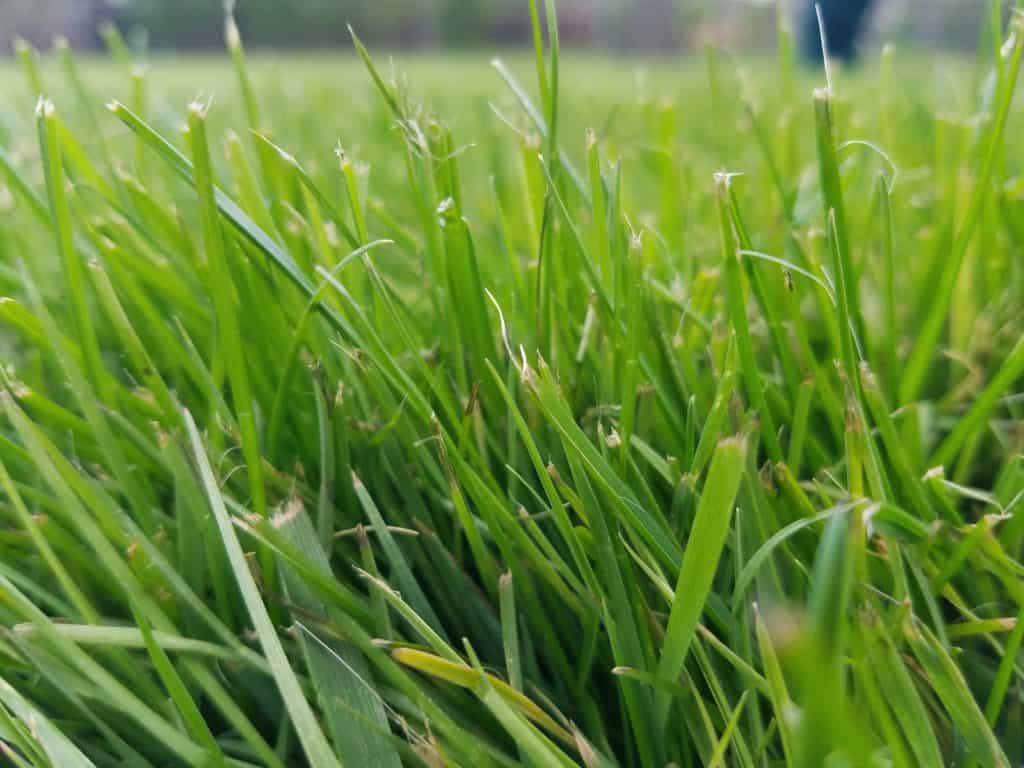
It may be a bit preemptive as we’re still in Spring; however, when water is scarce and weather is hot and dry, lawns go dormant. It’s what they do. It’s a form of hibernation, a defense mechanism, if you will. Therefore, you must either decide to let the lawn go dormant or commit to watering. If you start watering, you must continue, at least until consistent rains arrive. Watering here and there actually does more damage than not watering at all. Here’s why.
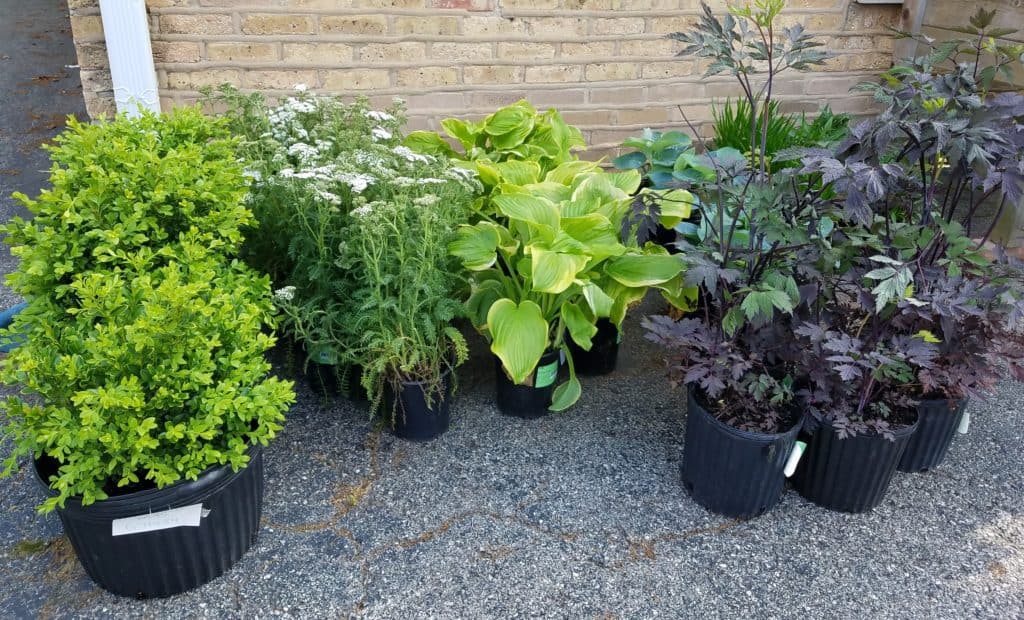
Newly planted shrubs, perennials or trees should be carefully monitored. They are more susceptible than established plants and often suffer from leaf scorch during periods of hot, dry weather. They need about 1″ of water per week . Plain and simple.
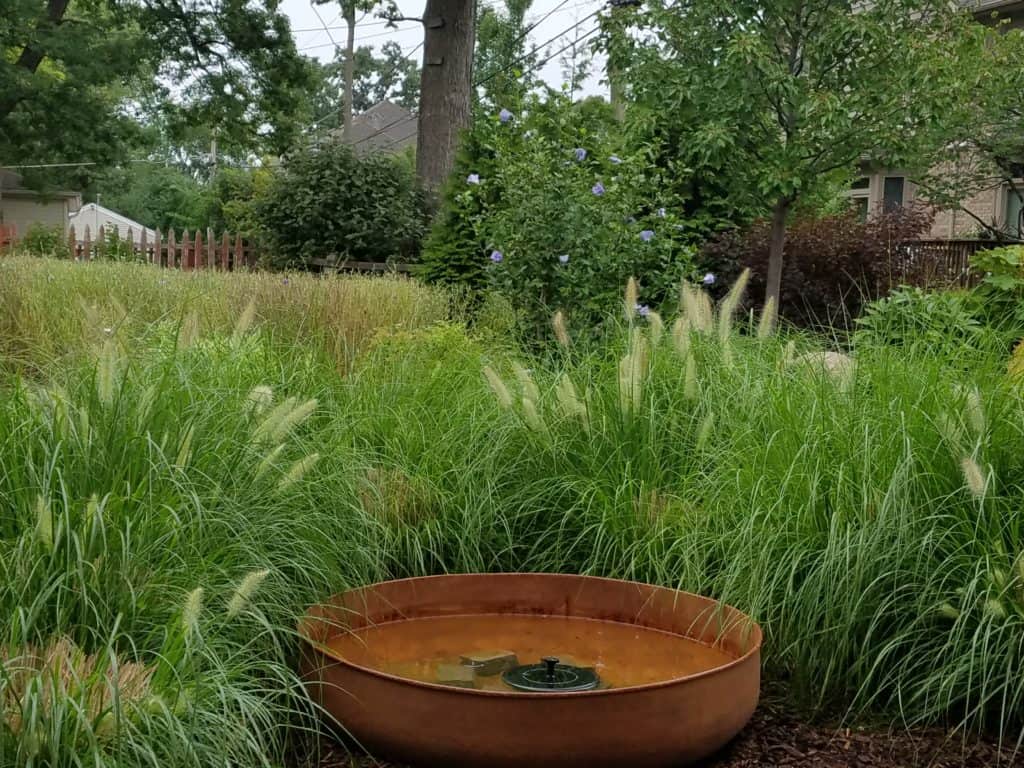
Plants with deeper root systems, like Geraniums and many native plants, and prairie grasses require a longer soak and should be mulched to help maintain moisture. Roots make up about a 1/4 to a 1/3 of the total dry weight of a plant. Consider employing a soaker hose.
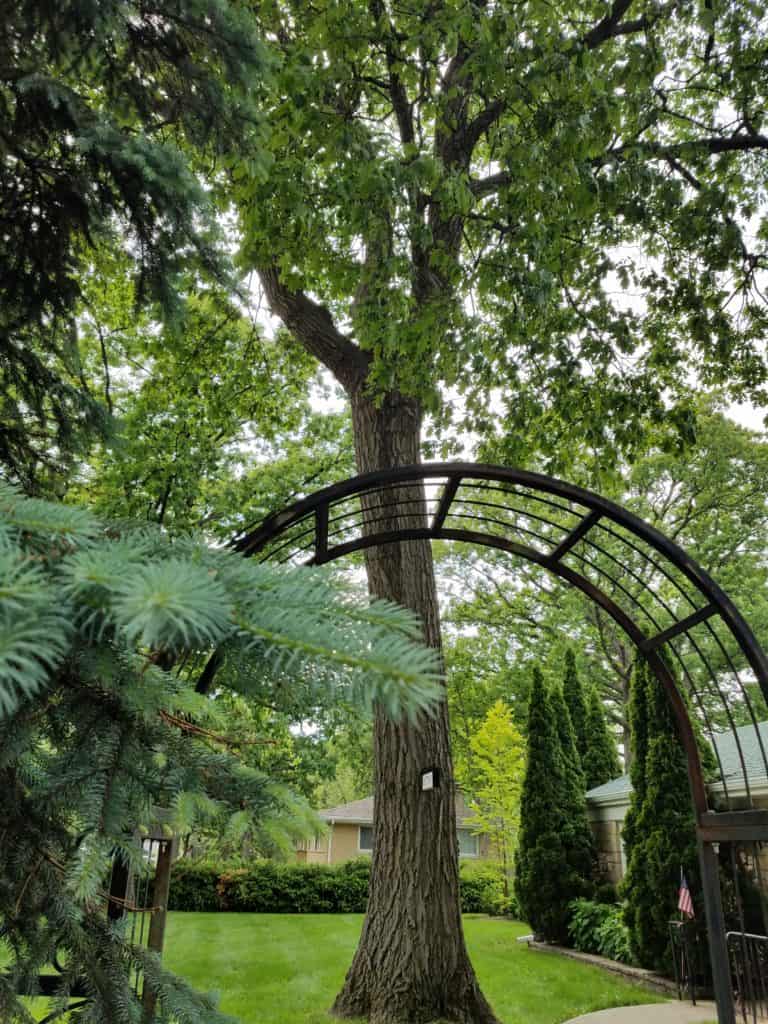
Trees too generally have deeper root systems, and they are more extensive and capable of reaching other water sources underground. Perennials and annuals aren’t as extensive and therefore require supplemental watering.
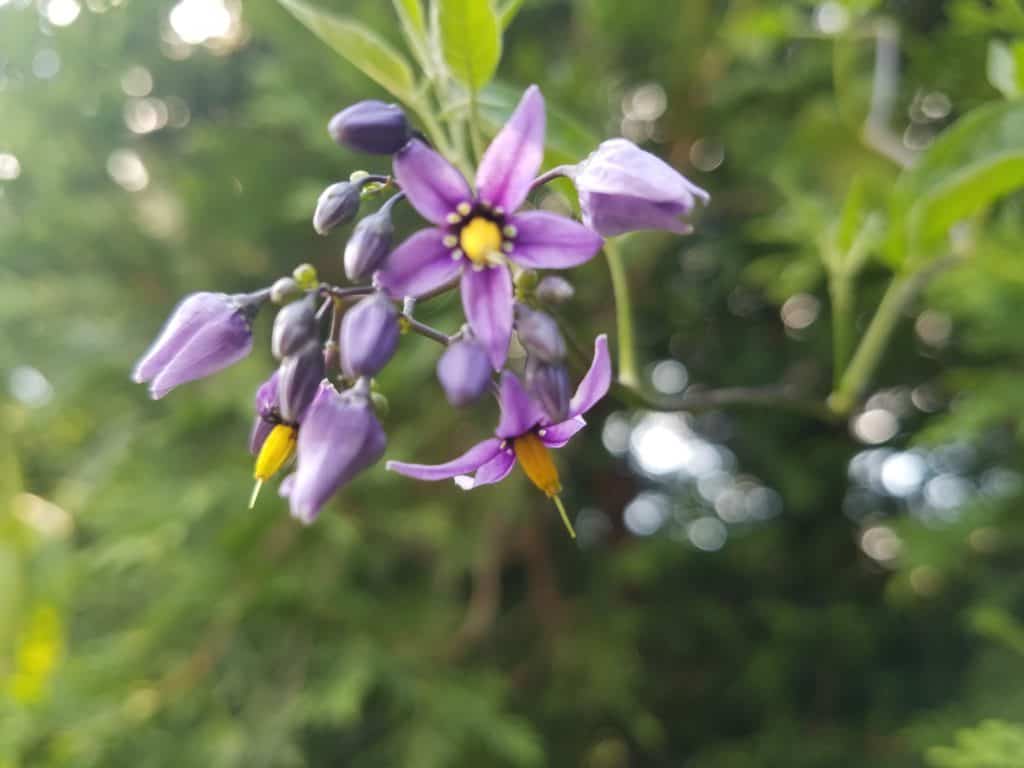
Remove water competitors, like weeds, who are fighting for the same moisture your other plants and lawn need.
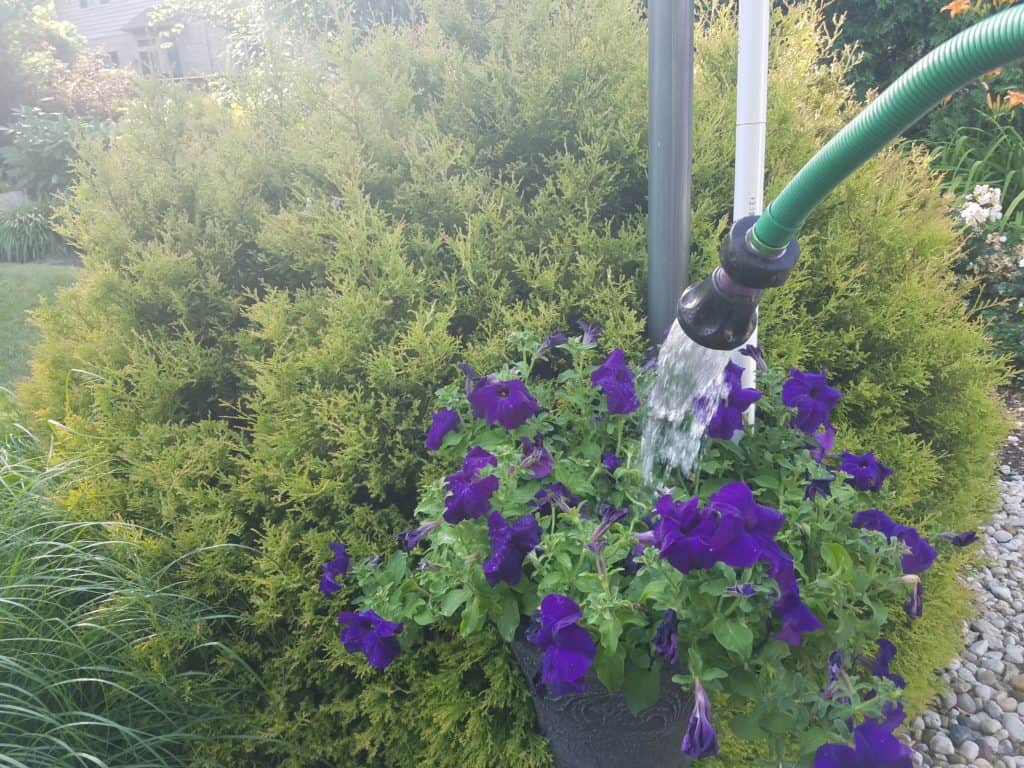
Watering should be done either early in the morning before temperatures rise and winds pick up, OR early in the evening. Keep in mind, foliage needs time to dry before nightfall, so do not wait until dusk and never water at night.
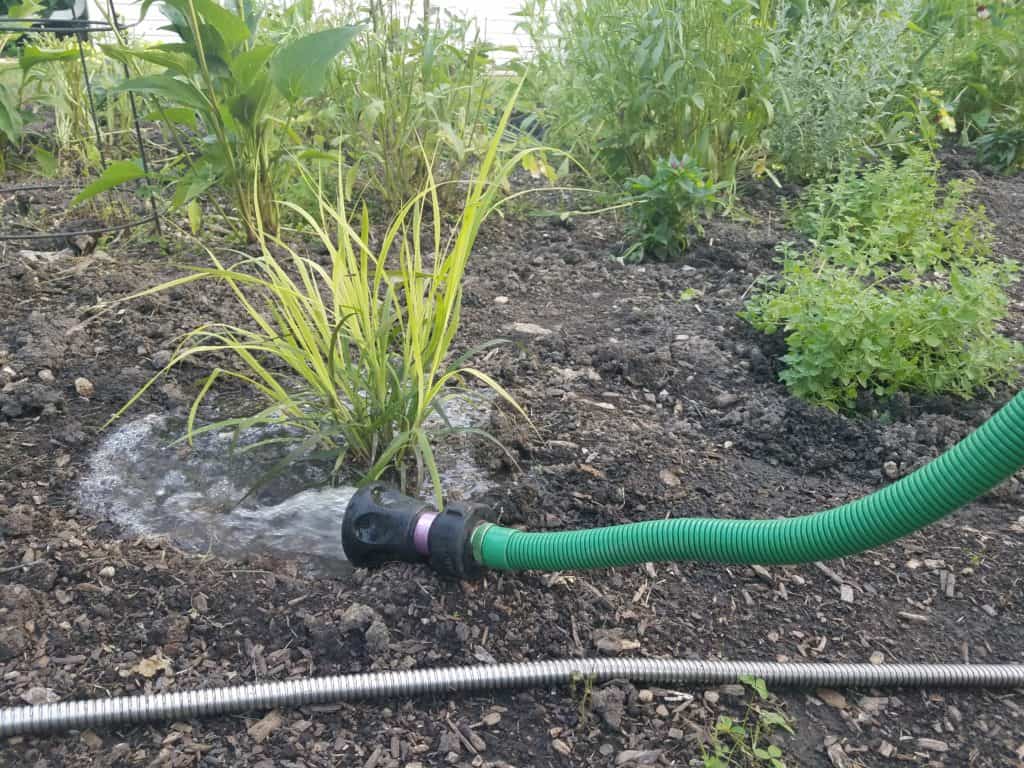
Never employ water from a hose that was left in the sun. Water temperatures inside a hot hose can potentially damage plants. Always store hoses in cool, shaded areas where optimal temperatures are maintained for watering.
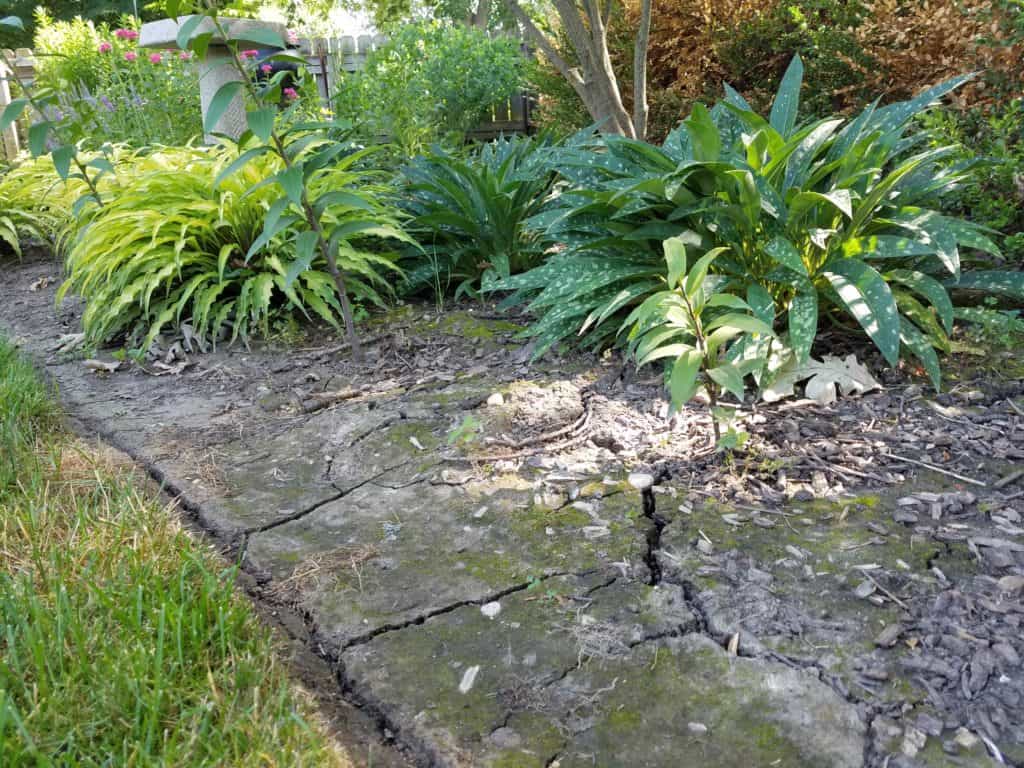
Although early, these methods can be employed throughout the season if and when rain is scarce. Feel free to reach out to Sweeney’s for additional tips or assistance with any of your landscape, gardening and/or watering needs. We proudly serve the communities of Villa Park, Elmhurst, Oakbrook, Oakbrook Terrace, Glen Ellyn, Lombard, Wood Dale, Itasca, and more!
Sweeney’s: A Plant Based Company
Plant of the Week
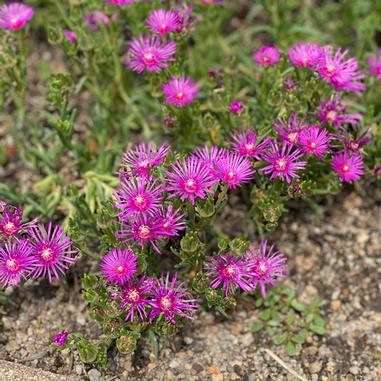
Purple Ice Plant
Starry purple flowers bloom in a low mat amongst succulent foliage. Prefers full sun and dry soil. Grows 3-6″ tall and 18-24″ wide. Attracts butterflies and other pollinators. Drought and salt tolerant.
“I think we are bound to, and by, nature. We may want to deny this connection and try to believe we control the external world, but every time there’s a snowstorm or drought, we know our fate is tied to the world around us.”
-Alice Hoffman
Well wishes,
Kim Sweeney
